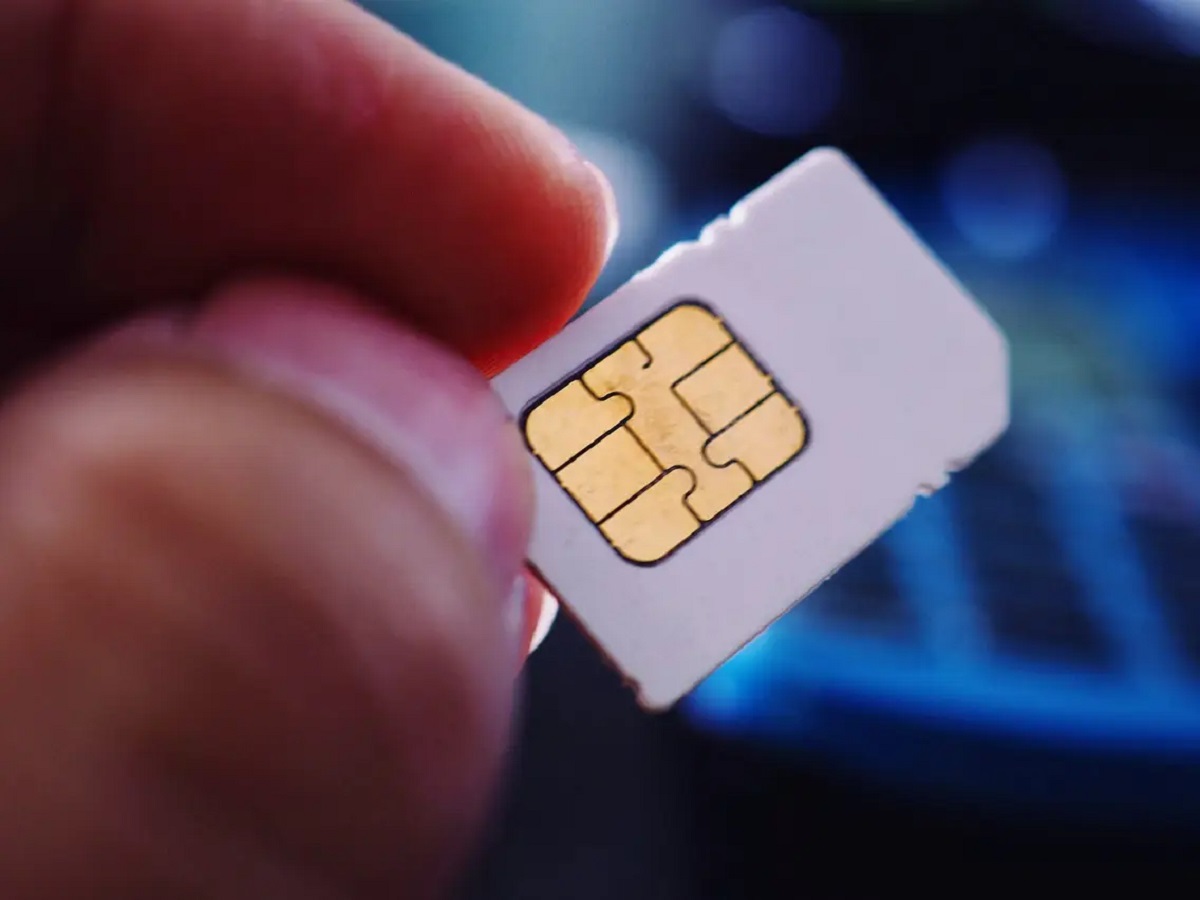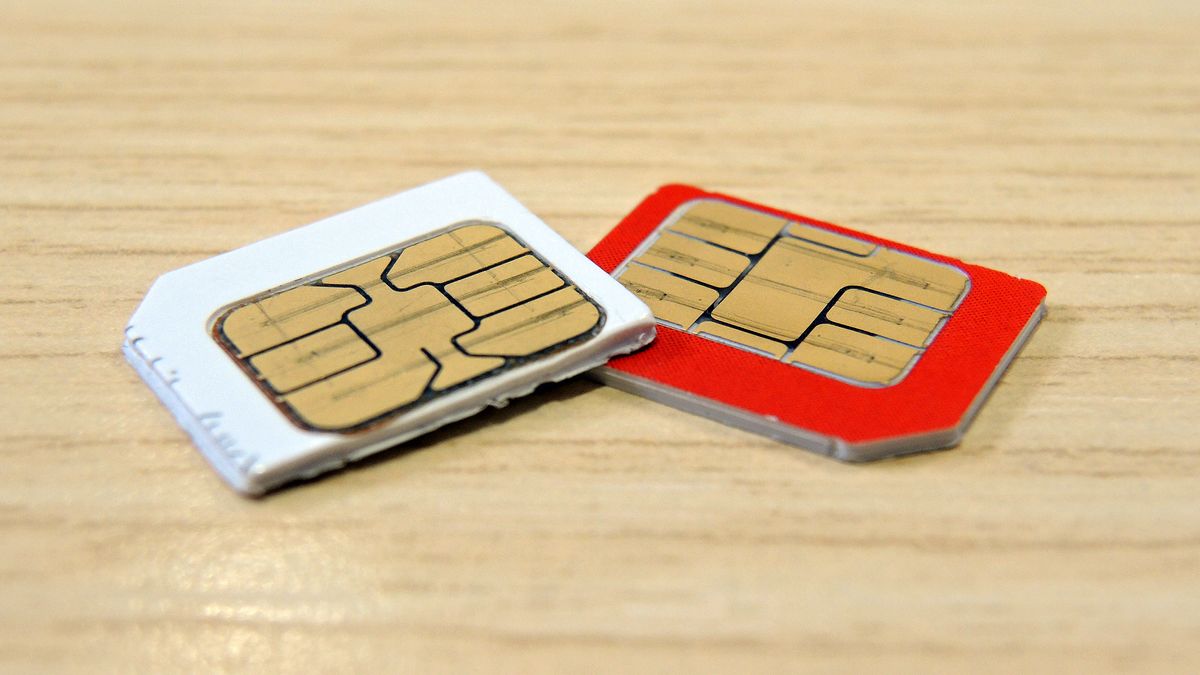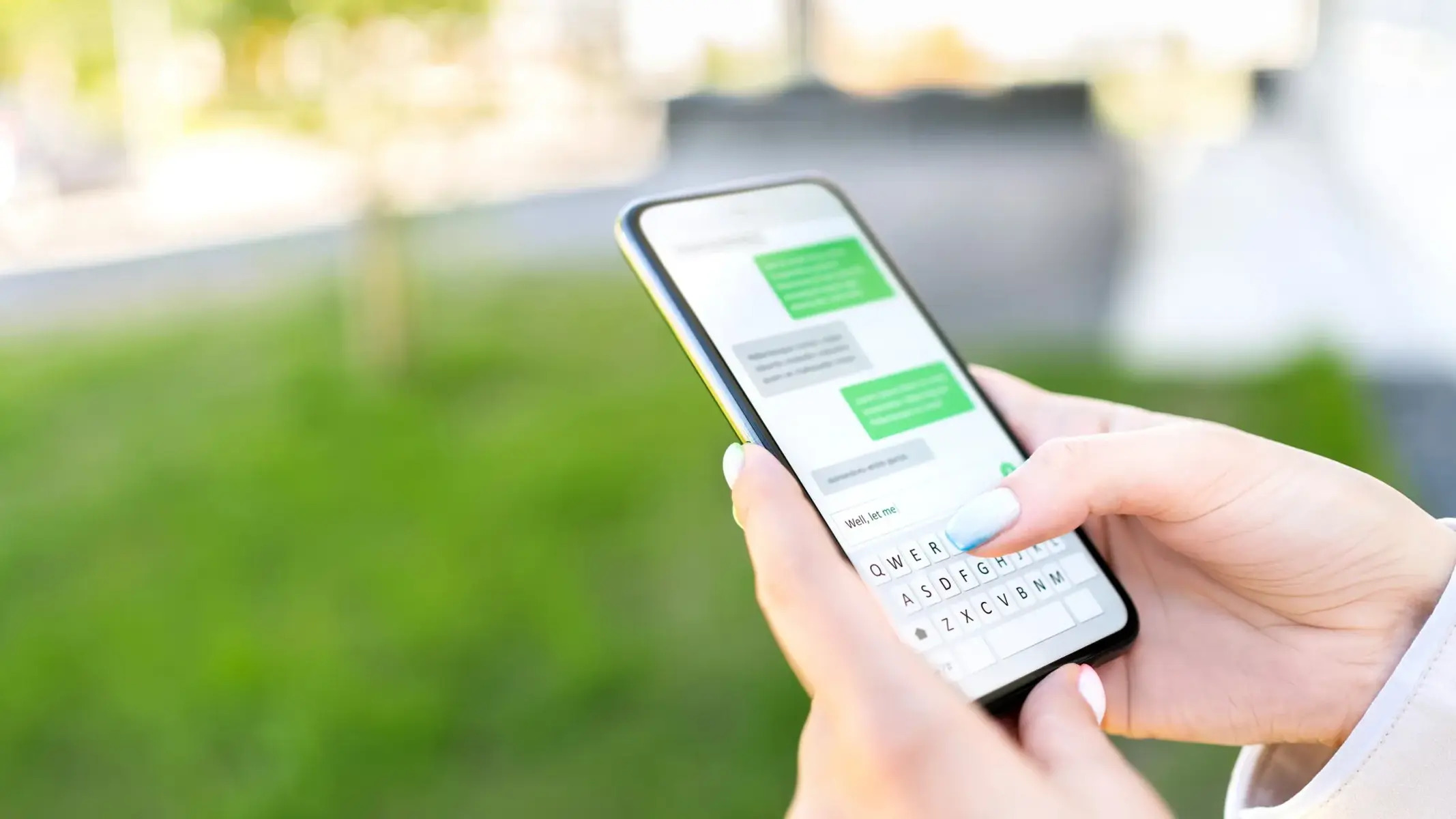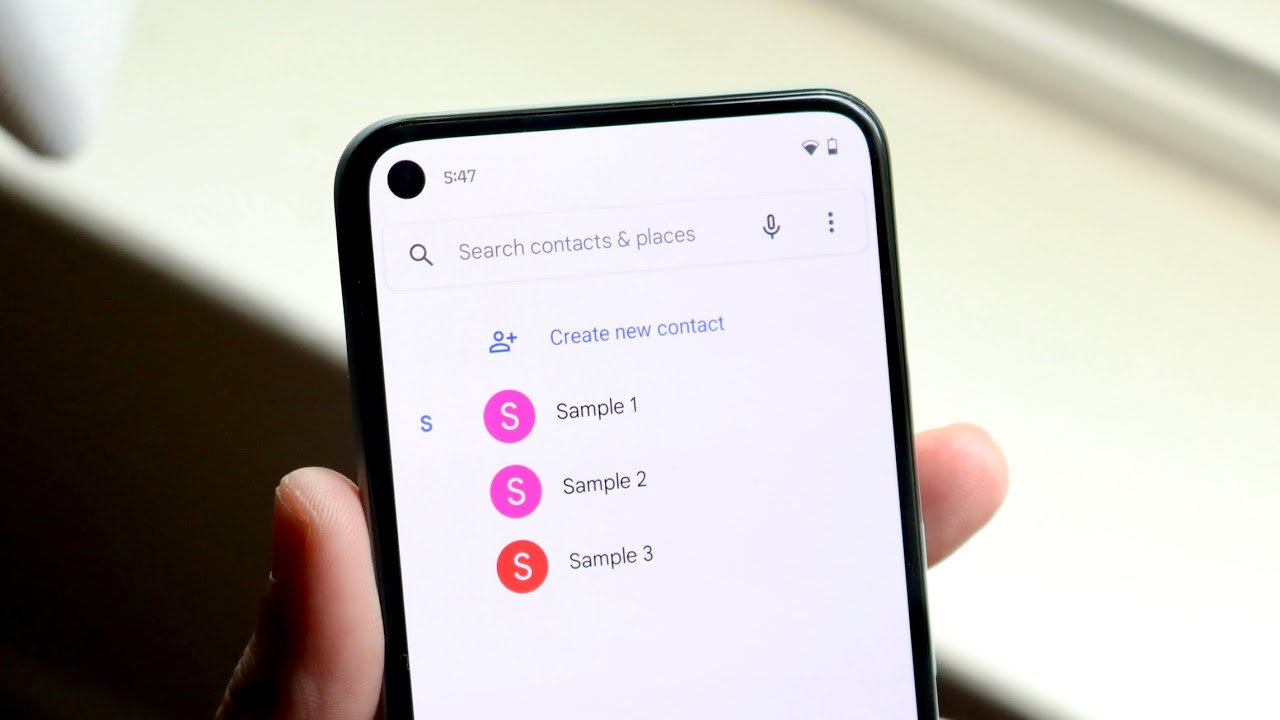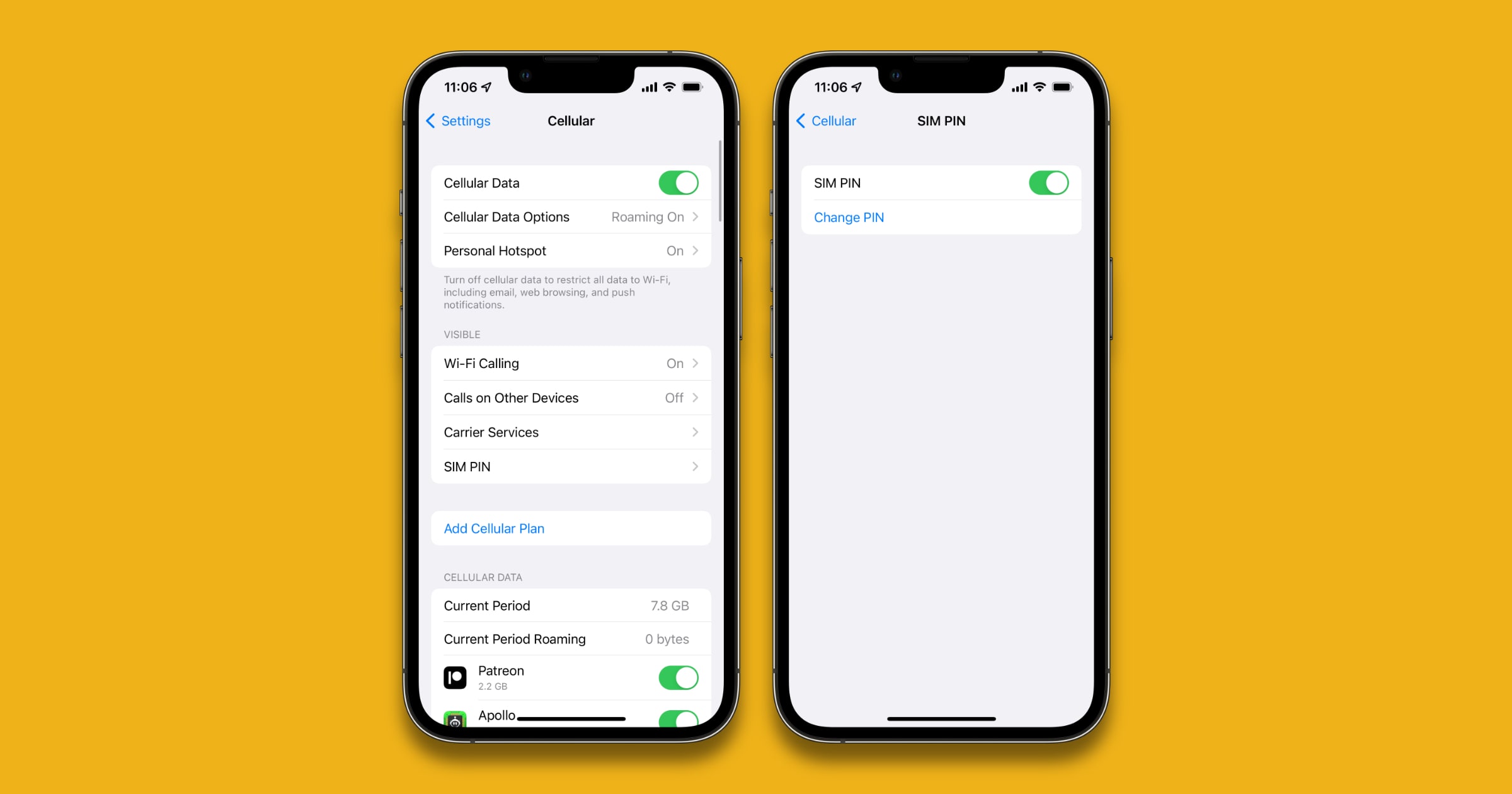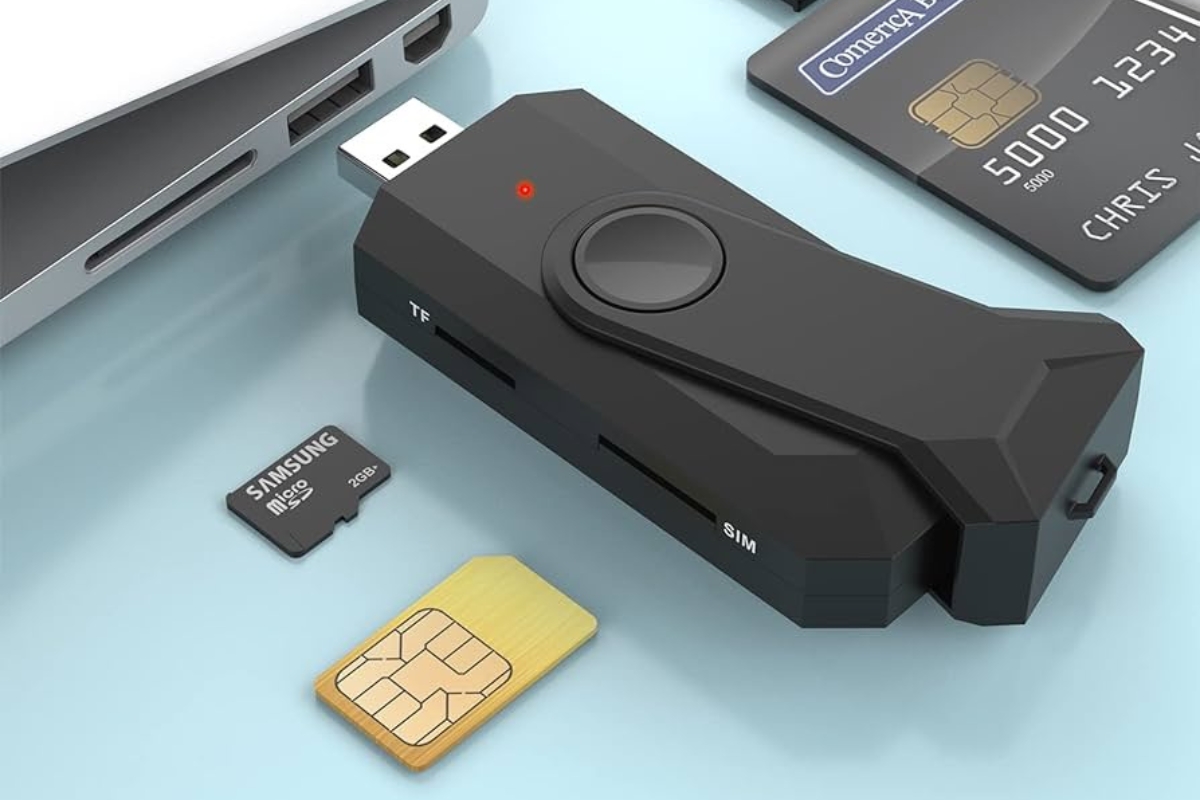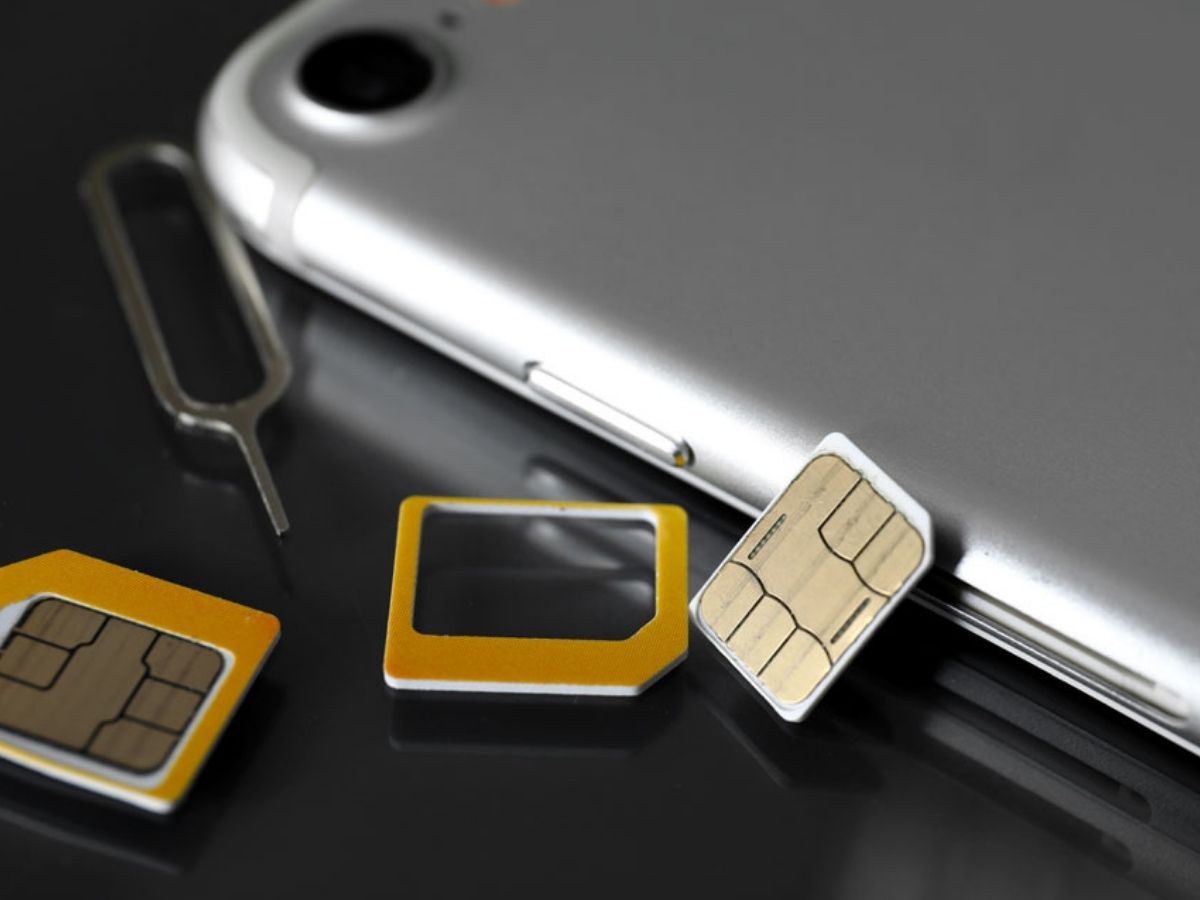Introduction
Mobile devices have become an integral part of our daily lives, serving as our communication hubs, personal organizers, and entertainment centers. One crucial component of these devices is the Subscriber Identity Module (SIM) card, which not only enables us to connect to cellular networks but also stores essential contact information. Understanding how to retrieve and manage contacts stored on your SIM card is a valuable skill that can come in handy in various scenarios, such as when switching to a new device or troubleshooting contact synchronization issues.
In this comprehensive guide, we will delve into the intricacies of SIM card contacts, exploring how they are stored and accessed on both Android and iPhone devices. Whether you're a tech-savvy individual looking to optimize your contact management process or a newcomer to the world of mobile devices seeking guidance, this article will equip you with the knowledge and techniques necessary to navigate the realm of SIM card contacts with confidence.
Join us as we embark on a journey to unravel the mysteries of SIM card contacts, empowering you to harness the full potential of this fundamental component of your mobile device. Let's dive into the fascinating world of SIM card contacts and discover the strategies for retrieving, managing, and transferring them across different devices.
Understanding SIM Card Contacts
SIM (Subscriber Identity Module) cards are small, portable memory chips that play a crucial role in enabling mobile devices to connect to cellular networks. In addition to facilitating network access, SIM cards serve as repositories for essential contact information. When you save a contact to your SIM card, it stores the person's name and phone number, allowing you to access these details even if you switch to a different device. This is particularly useful when transitioning to a new phone, as it ensures that your contacts remain accessible without relying on the device's internal storage.
It's important to note that SIM cards have limited storage capacity for contacts, typically accommodating a few hundred entries. As a result, they may not be suitable for individuals with extensive contact lists. Moreover, modern smartphones often prioritize internal storage or cloud-based solutions for contact management, relegating the role of SIM card contacts to a secondary position.
When you save a contact to your SIM card, it's worth considering that certain details, such as email addresses, physical addresses, and custom fields, may not be fully supported. This limitation stems from the basic nature of SIM card storage, which primarily focuses on core contact information, such as names and phone numbers. As a result, if you rely heavily on comprehensive contact details, you may find it more practical to utilize the internal storage or cloud-based contact management solutions offered by your device.
Understanding the nuances of SIM card contacts empowers you to make informed decisions regarding contact management on your mobile device. Whether you choose to leverage the convenience of SIM card contacts for essential entries or opt for more expansive storage solutions, having a clear understanding of their functionality ensures that you can navigate the intricacies of contact management with confidence. As we delve deeper into retrieving and transferring SIM card contacts, this foundational knowledge will serve as a valuable compass, guiding us through the diverse landscape of mobile device connectivity and contact management.
Retrieving SIM Card Contacts on Android Devices
Retrieving SIM card contacts on Android devices involves navigating through the device's settings and contact management features to access the stored information. Here's a step-by-step guide to help you retrieve SIM card contacts on your Android device:
-
Accessing the Contacts App: Begin by opening the Contacts app on your Android device. This can usually be found on the home screen or within the app drawer.
-
Opening the Contacts Settings: Once in the Contacts app, look for the settings icon, often represented by three vertical dots or lines, and tap on it to access the settings menu.
-
Selecting Import/Export Contacts: Within the settings menu, locate and select the "Import/Export" or "Manage Contacts" option. This will vary depending on the specific interface of your device, but the goal is to find a feature that allows you to manage your contacts, including those stored on the SIM card.
-
Choosing the SIM Card Storage Option: After selecting the import/export or manage contacts option, you should see an option to choose the source of your contacts, such as "SIM card" or "Storage." Tap on the SIM card option to access the contacts stored on your SIM card.
-
Selecting Contacts for Import: Once you've accessed the SIM card contacts, you may have the option to select individual contacts or choose to import all contacts from the SIM card to your device's internal storage. Select the appropriate contacts based on your preferences.
-
Confirming the Import Process: After selecting the contacts, follow the on-screen prompts to confirm the import process. Your device will likely provide a confirmation dialog or button to initiate the import of the selected contacts.
-
Verifying Imported Contacts: Once the import process is complete, navigate back to your device's internal contacts storage within the Contacts app to verify that the SIM card contacts have been successfully imported. You should now see the imported contacts alongside your existing contacts.
By following these steps, you can efficiently retrieve SIM card contacts on your Android device, ensuring that you have access to all the essential contact information stored on your SIM card. This process is particularly useful when transitioning to a new device or when you need to consolidate your contacts from multiple sources into a single, unified repository on your Android device.
Understanding how to retrieve SIM card contacts on Android devices equips you with the knowledge to seamlessly manage your contact information, providing a valuable skill set for optimizing your mobile device experience. Whether you're a seasoned Android user or a newcomer to the platform, mastering the retrieval of SIM card contacts empowers you to maintain a comprehensive and accessible contact list, enhancing your communication and connectivity capabilities on your Android device.
Retrieving SIM Card Contacts on iPhone Devices
Retrieving SIM card contacts on iPhone devices involves a straightforward process that allows you to access and manage the contact information stored on your SIM card. While iPhones prioritize internal storage and cloud-based solutions for contact management, the ability to retrieve SIM card contacts remains a valuable feature, especially when transitioning to a new device or consolidating contact information from various sources.
To retrieve SIM card contacts on your iPhone, follow these steps:
-
Accessing the Settings: Begin by unlocking your iPhone and navigating to the "Settings" app, which is typically located on the home screen.
-
Locating the Contacts Menu: Within the Settings app, scroll down and look for the "Contacts" option. Tap on "Contacts" to access the contact management settings.
-
Selecting the Import SIM Contacts Option: Within the Contacts settings, you should find an option related to importing SIM card contacts. This feature allows you to retrieve and manage the contacts stored on your SIM card.
-
Choosing Contacts for Import: Upon selecting the import SIM contacts option, your iPhone will display the contacts stored on the SIM card. You may have the opportunity to choose specific contacts for import or opt to import all contacts from the SIM card to your device.
-
Confirming the Import Process: After selecting the desired contacts for import, follow the on-screen prompts to confirm the import process. Your iPhone will likely provide a confirmation dialog or button to initiate the import of the selected contacts.
-
Verifying Imported Contacts: Once the import process is complete, navigate to the Contacts app on your iPhone to verify that the SIM card contacts have been successfully imported. You should now see the imported contacts integrated with your existing contacts.
By following these steps, you can efficiently retrieve SIM card contacts on your iPhone, ensuring that you have access to all the essential contact information stored on your SIM card. This process is particularly useful when setting up a new iPhone or when you need to consolidate your contacts from different sources into a unified repository on your device.
Understanding how to retrieve SIM card contacts on iPhone devices empowers you to seamlessly manage your contact information, providing a valuable skill set for optimizing your mobile device experience. Whether you're a long-time iPhone user or new to the platform, mastering the retrieval of SIM card contacts enhances your ability to maintain a comprehensive and accessible contact list, enriching your communication and connectivity capabilities on your iPhone.
Transferring SIM Card Contacts to a New Device
When transitioning to a new mobile device, whether it's a brand-new smartphone or a replacement for your current one, transferring SIM card contacts is a crucial step in ensuring that you maintain access to your essential contact information. This process allows you to seamlessly migrate your contacts from the SIM card of your old device to the SIM card or internal storage of your new device, enabling a smooth transition without the risk of losing valuable contact details.
The method for transferring SIM card contacts to a new device may vary depending on the specific devices and operating systems involved. However, the fundamental principles remain consistent, focusing on extracting the contacts from the source device and importing them into the destination device. Let's explore the general steps involved in transferring SIM card contacts to a new device:
-
Exporting Contacts from the Source Device:
- Begin by accessing the contact management settings on your source device. This typically involves navigating to the Contacts app and locating the option to export or transfer contacts.
- Select the SIM card as the source of the contacts and initiate the export process. Depending on the device, you may have the option to export all contacts or choose specific entries for transfer.
-
Importing Contacts to the Destination Device:
- On the new device, access the contact management settings and look for the import or transfer contacts feature.
- Choose the SIM card or external storage as the import source and proceed to import the contacts that were exported from the source device.
-
Verifying Contact Transfer:
- Once the import process is complete, navigate to the Contacts app on your new device to ensure that the transferred contacts are seamlessly integrated with your existing contact list.
It's important to note that some modern smartphones may prioritize cloud-based synchronization for contact management. In such cases, transferring SIM card contacts may not be the primary method for migrating your contact information. Instead, the devices may offer seamless synchronization with your cloud-based accounts, such as Google or iCloud, enabling automatic transfer and backup of your contacts.
By following these steps, you can effectively transfer SIM card contacts to a new device, ensuring that your essential contact information remains accessible and seamlessly integrated into your new mobile device's contact repository. This process is essential for maintaining connectivity and communication continuity when transitioning to a new device, empowering you to stay connected with your network of contacts without the hassle of manually re-entering each entry.
Understanding the process of transferring SIM card contacts to a new device equips you with the knowledge to navigate device transitions with ease, ensuring that your contact information remains secure and readily available on your new mobile device. Whether you're upgrading to the latest smartphone or switching to a different device, mastering the art of transferring SIM card contacts enriches your mobile device experience, providing a seamless transition and uninterrupted access to your essential contacts.
Conclusion
In conclusion, the realm of SIM card contacts encompasses a vital aspect of mobile device connectivity and contact management. By understanding the intricacies of retrieving, managing, and transferring SIM card contacts, you gain the capability to maintain a comprehensive and accessible contact list, ensuring seamless communication and connectivity across different devices.
The process of retrieving SIM card contacts on both Android and iPhone devices provides a valuable skill set for users, empowering them to access essential contact information stored on their SIM cards. Whether it's the seamless integration of SIM card contacts into the device's internal storage or the ability to consolidate contacts from multiple sources, mastering the retrieval process enhances the overall contact management experience.
Furthermore, the knowledge of transferring SIM card contacts to a new device is essential for individuals transitioning to a new smartphone or upgrading their mobile device. This process ensures that valuable contact information remains secure and readily available, allowing for uninterrupted communication with essential contacts.
As technology continues to evolve, it's important to recognize the shifting landscape of contact management, with cloud-based solutions and advanced synchronization mechanisms playing a prominent role. While SIM card contacts remain a reliable and convenient storage option, users are encouraged to explore the benefits of cloud-based contact management for seamless synchronization and backup capabilities.
Ultimately, the ability to retrieve, manage, and transfer SIM card contacts serves as a foundational skill in navigating the dynamic world of mobile devices. Whether you're a seasoned tech enthusiast or a newcomer to the realm of smartphones, understanding the nuances of SIM card contacts empowers you to optimize your contact management process, ensuring that your essential contacts are readily accessible and seamlessly integrated into your mobile device experience.
In essence, the journey through the intricacies of SIM card contacts is a testament to the ever-evolving nature of mobile connectivity, where the fusion of traditional storage methods with modern synchronization solutions paves the way for a seamless and interconnected digital experience.
By mastering the art of SIM card contacts, you embark on a path toward enhanced communication, streamlined connectivity, and a deeper understanding of the fundamental components that enrich the functionality of your mobile device.







